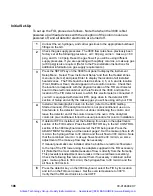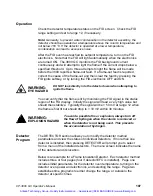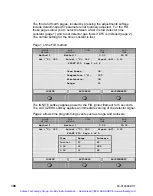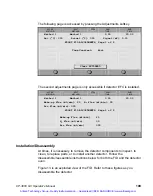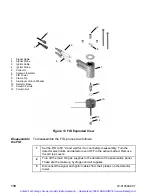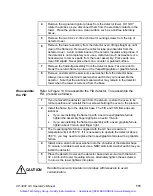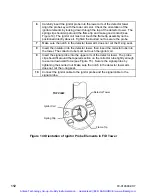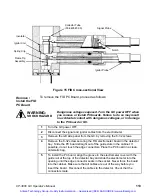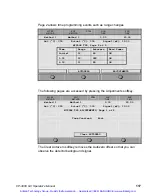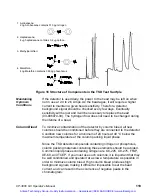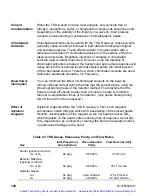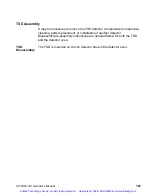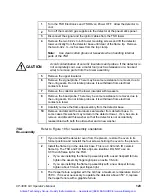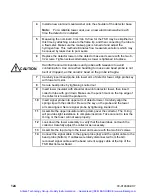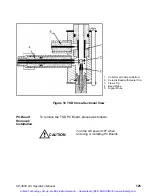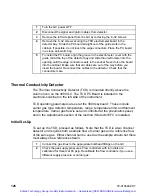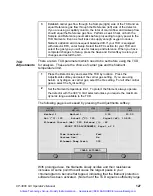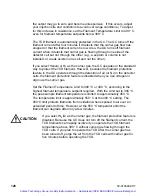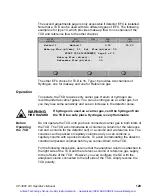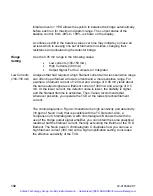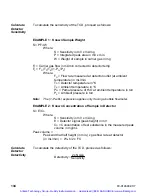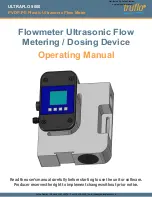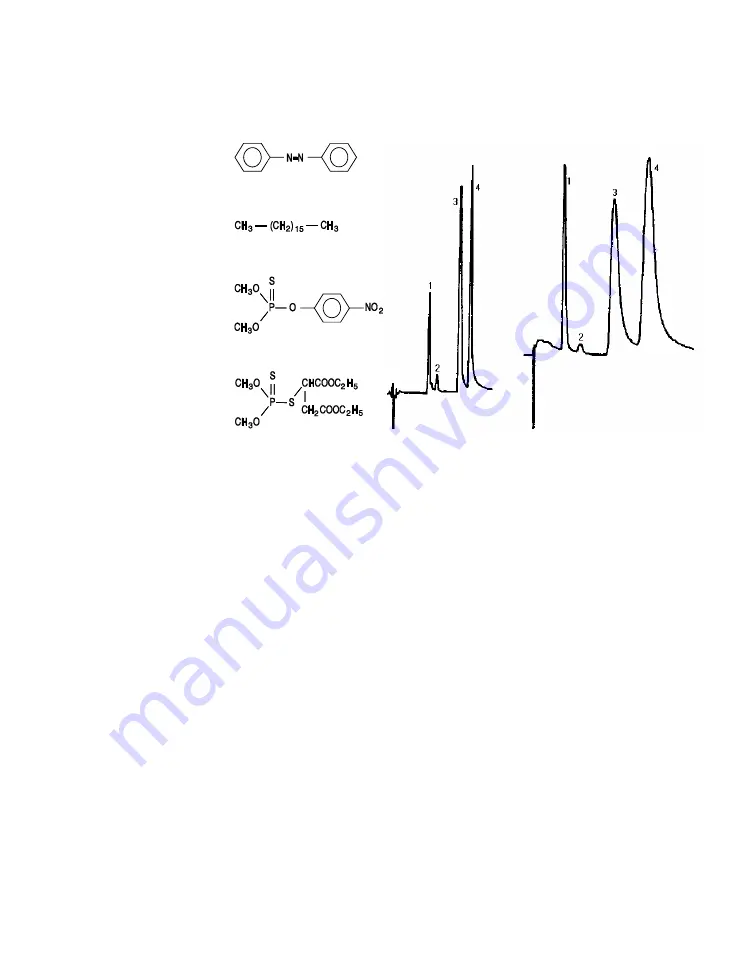
CP-3800 GC Operator’s Manual
119
Figure 16 Structure of Components in the TSD Test Sam*ple
Maintaining
Optimum
Conditions
If the detector is used daily, the power to the bead may be left on when
not in use at 2.4 to 2.6 Amps. As the bead ages, it will require a higher
current to maintain a given bead sensitivity. Therefore, detector
background signal should be checked every few days. Eventually
sensitivity will be lost and it will be necessary to replace the bead
(03-906074-00). The hydrogen flow does not need to be changed during
the lifetime of a bead.
Column Bleed
To minimize contamination of the detector by column bleed, all new
columns should be conditioned before they are connected to the detector.
Condition new columns for a minimum of 24 hours at 40
°
C below the
maximum temperature of the column packing liquid phase.
Since the TSD detects compounds containing nitrogen or phosphorus,
column packing materials containing these elements should be avoided.
Common liquid phases containing nitrogen are OV-225, OV-275, FFAP,
XE-60, and TCEP. If you must use such columns, it is important that they
be well conditioned and operated at as low a temperature as possible in
order to minimize column bleed. High column bleed produces high
background signals, making it difficult or impossible to set the bead
current, and can result in the occurrence of negative peaks in the
chromatogram.
1. Azobenzene:
2 ng Azobenzene contains 310 pg nitrogen
2. Heptadecane:
4
µ
g heptadecane contains 3.4
µ
g carbon
3. Methylparathion:
4. Malathion:
4 ng Malathion contains 380 pg phosphorus
Artisan Technology Group - Quality Instrumentation ... Guaranteed | (888) 88-SOURCE | www.artisantg.com


